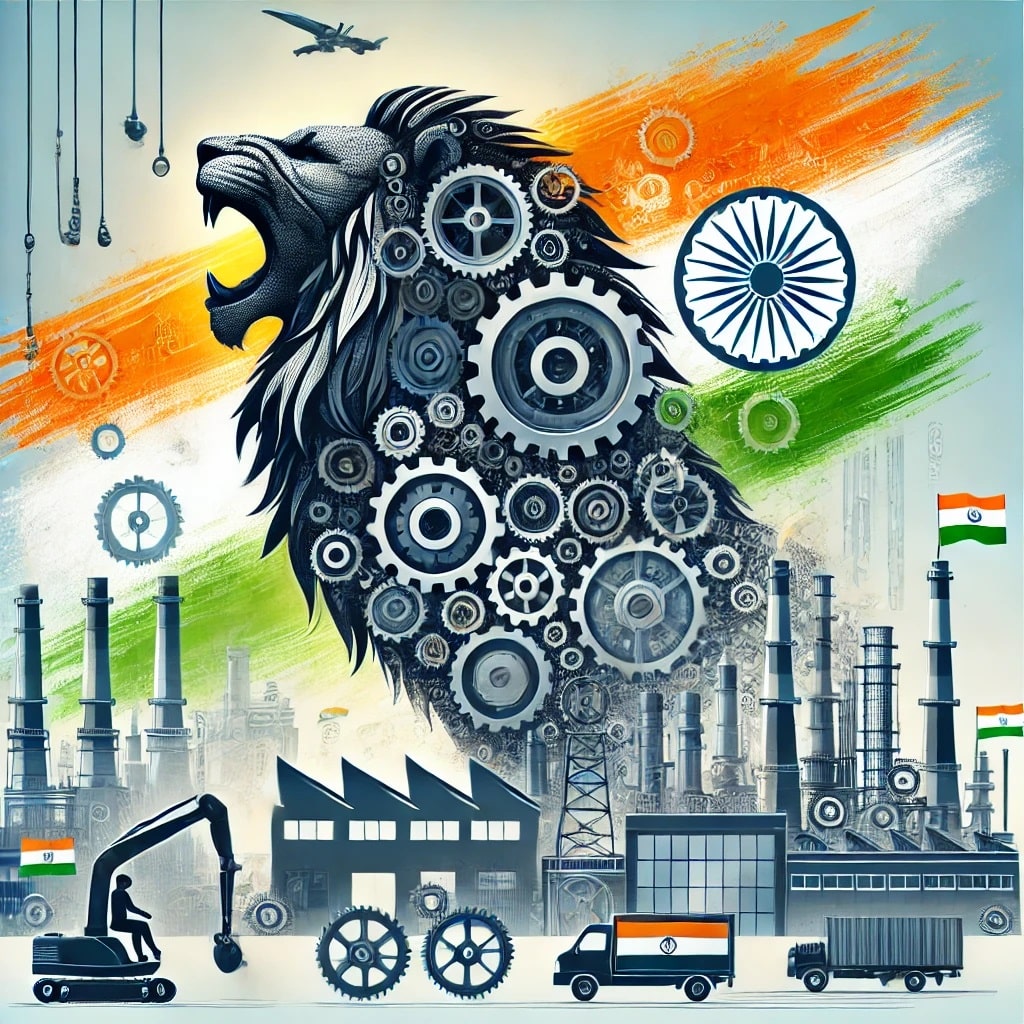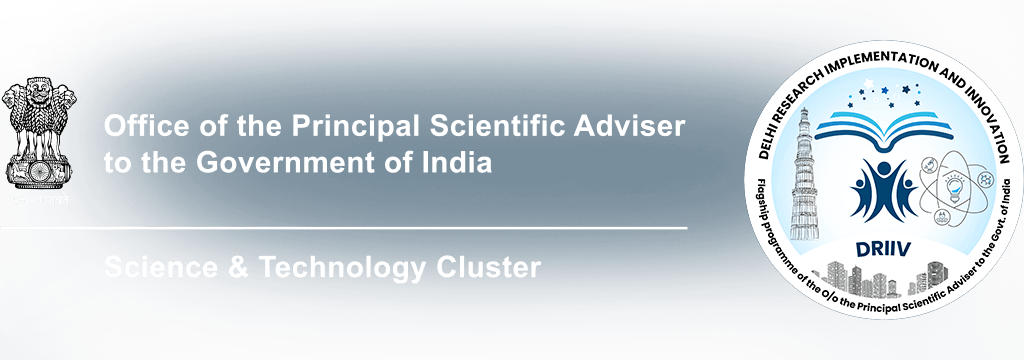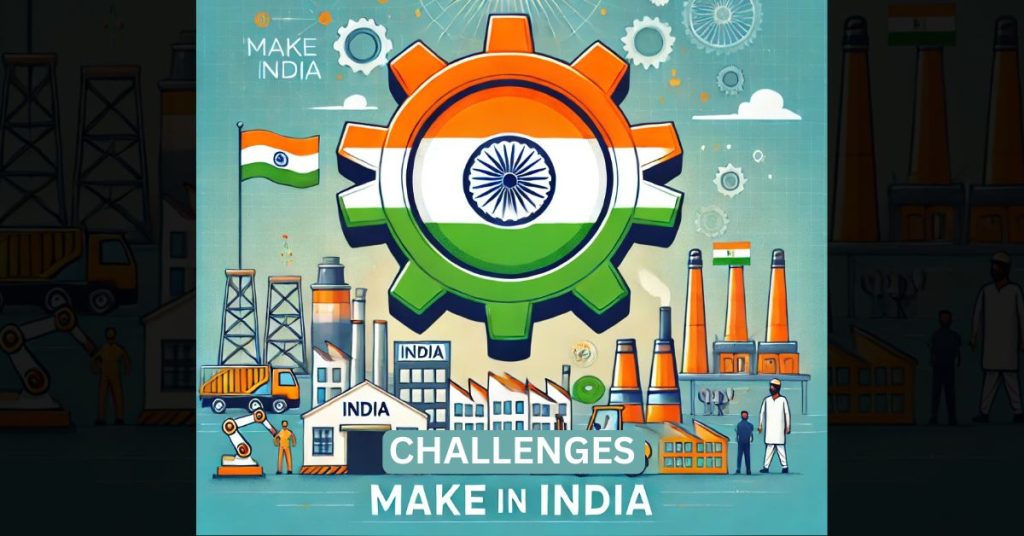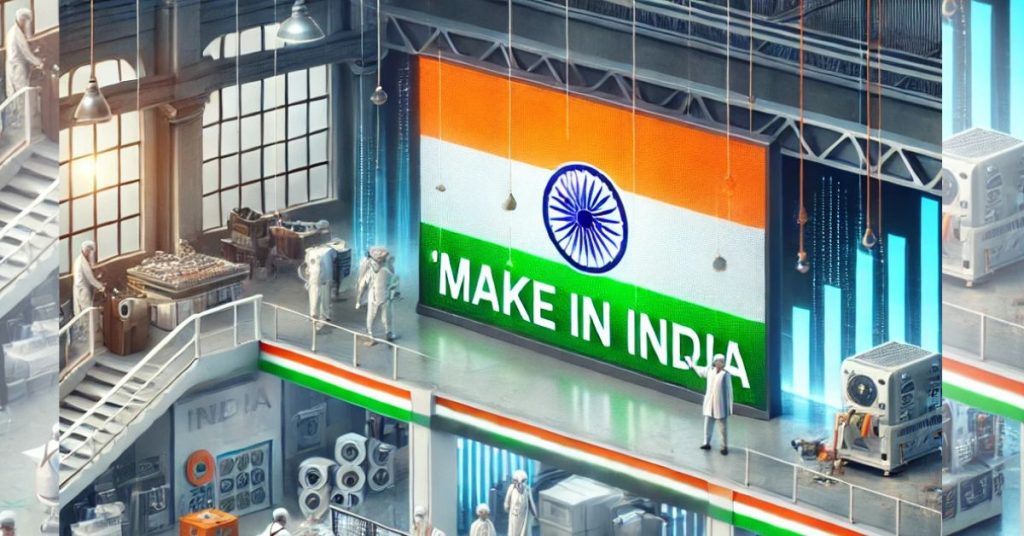Make in India is a big project started by the Indian government to turn the country into a global manufacturing hub. Launched in 2014, this initiative encourages businesses, both Indian and foreign, to invest in manufacturing in India. The goal is to boost the economy, create jobs, and reduce dependence on imports. However, despite its potential, the Make in India campaign faces several challenges.
1. Lack of Infrastructure
One of the biggest challenges for manufacturing in India is the lack of proper infrastructure. Good roads, reliable electricity, well-connected railways, and efficient ports are necessary for industries to function smoothly. However, many regions in India still struggle with poor infrastructure, which slows down production and increases costs.
For example, frequent power cuts in some areas make it hard for factories to run efficiently. Similarly, poor road conditions and traffic congestion delay the transportation of raw materials and finished goods. If India wants to attract more companies, it must improve infrastructure on a large scale.
2. Complex Laws and Regulations
Starting and running a business in India requires dealing with multiple rules and regulations. There are many permits, licenses, and approvals needed, which can take a lot of time and effort. This makes it difficult for both Indian and foreign businesses to set up manufacturing units.
For example, land acquisition laws in India are complicated and make it hard for businesses to buy land for factories. Additionally, labor laws are strict and outdated, making it difficult for companies to hire and manage workers efficiently. Simplifying these laws can help in making India a more attractive destination for manufacturing.
3. High Cost of Production
Manufacturing in India is not as cheap as it should be. There are several reasons why the cost of production is high:
- Expensive raw materials – Many industries rely on imported materials, increasing costs.
- High electricity charges – Some states have very high industrial electricity rates.
- Transport costs – Due to poor roads and slow logistics, transport costs add to expenses.
- Labor costs – While wages are lower than in some developed countries, productivity is also lower.
To make Make in India successful, the government must find ways to reduce production costs so that Indian products can compete with global brands.
4. Skilled Workforce Shortage
Even though India has a large population, there is a shortage of skilled workers in manufacturing. Many industries, such as automobiles, electronics, and defense, require workers with special technical skills. However, most workers in India lack proper training.
The education system does not focus enough on practical skills needed for industries. Many students graduate without the expertise required for manufacturing jobs. This forces companies to spend extra money on training, which increases costs.
To overcome this challenge, India needs to invest in vocational training programs and update its education system to match industry demands.
5. Dependence on Imports
India still imports a lot of critical components for manufacturing. For example, the electronics industry depends heavily on China for raw materials. This increases costs and makes Indian companies vulnerable to global supply chain disruptions.
If India wants to become a global manufacturing hub, it must reduce its dependence on imports by:
- Encouraging local production of raw materials
- Developing a strong supply chain within the country
- Supporting small and medium-sized businesses that can manufacture essential components

6. Slow Implementation of Policies
Even though the government has announced many policies to support Make in India, their implementation is slow. Many projects take years to start because of bureaucratic delays and red tape.
For example, foreign companies that want to invest in India often face delays in getting approvals, land, and resources. This makes India a less attractive destination compared to countries like China, Vietnam, and Bangladesh, where business processes are much faster.
To fix this, the government must ensure faster decision-making and simplify approval processes to encourage investments.
7. Global Competition
India faces tough competition from other manufacturing giants like China, Vietnam, and Indonesia. These countries offer:
- Lower labor costs
- Better infrastructure
- Easier regulations
China, in particular, has a strong supply chain and well-developed industries, making it difficult for India to compete. To attract businesses, India must offer better incentives, improve efficiency, and focus on innovation.
8. Tax and GST Issues
The Goods and Services Tax (GST) system has simplified taxation in India, but many businesses still face challenges. Some tax rates on industrial products are high, making Indian products less competitive. Also, small businesses struggle with compliance issues related to GST.
A more business-friendly tax system with lower rates for manufacturers can help encourage investment in India.
9. Environmental and Sustainability Concerns
Manufacturing industries can have a negative impact on the environment if not managed properly. Pollution, waste disposal, and excessive use of natural resources are major concerns.
Many global companies prefer to set up factories in countries with clear environmental policies and sustainable practices. India must focus on green manufacturing, using eco-friendly processes and renewable energy sources.
10. Corruption and Bureaucracy
Corruption and excessive bureaucracy make it difficult for businesses to grow in India. Many companies face issues like:
- Bribes for approvals and licenses
- Slow government processes
- Unnecessary red tape
A transparent and efficient system is necessary for India to attract more investments. The government must take strict action against corruption and ensure a fair business environment.
Also Read:
- Public Procurement Preference to Make in India Order 2017
- How to Get a Make in India Certificate
- Make in India: A Step Towards Self-Reliant Economy
Frequently asked questions
What are the main challenges of Make in India?
The key challenges include poor infrastructure, complex business regulations, high production costs, lack of skilled workers, and slow policy implementation. To make India a global manufacturing hub, these issues must be addressed through better policies, investment in infrastructure, and skill development programs.
How does infrastructure affect Make in India’s success?
Lack of proper infrastructure, such as roads, electricity, and transportation, increases production costs and delays business operations. To attract investors, India needs to improve logistics, build modern industrial zones, and ensure reliable power supply to support efficient manufacturing.
Why is a skilled workforce important for manufacturing?
A skilled workforce improves efficiency and productivity in industries. Many businesses struggle because workers lack proper training. Investing in vocational education and technical skills can help India produce high-quality products and compete with global manufacturers.
How can India reduce dependence on imports?
India can reduce imports by encouraging local production of raw materials, supporting small industries, and developing strong domestic supply chains. Incentives for manufacturing components like semiconductors and electronics will help the country become self-reliant.
What steps can improve Make in India’s success?
Improving infrastructure, simplifying business regulations, reducing taxes, providing better training programs, and encouraging green manufacturing can help Make in India succeed. Faster decision-making and transparency in policies will attract more businesses to invest in India.




